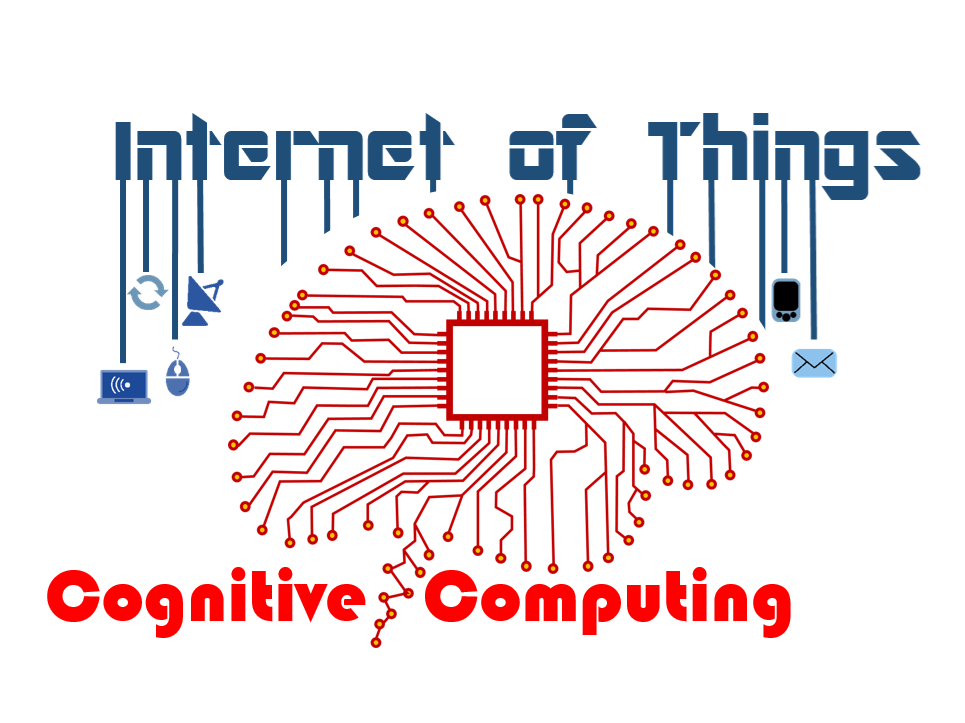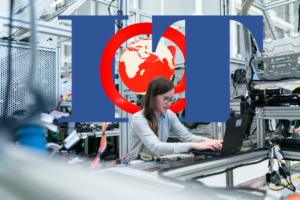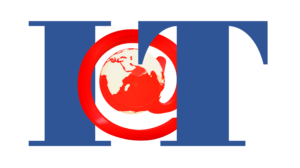The world becomes more connected every day. In the past, this connectivity primarily involved people. Increasingly, however, machines are becoming connected thanks to the Internet of Things (IoT). In the years ahead, human-to-human connectivity will pale in comparison to machine-to-machine connectivity. Laura Panjwani (@LauraPanj) writes, “IoT is the inter-networking of ‘smart’ devices, such as those used in homes, offices, and vehicles. These devices are embedded with electronics, software, sensors, actuators, and network connectivity, and can collect and exchange data. This comprehensive network opens up an endless possibility of opportunities for technological innovation, which scientists and engineers in numerous areas of R&D and technology have already taken advantage of.”[1] Although I agree with Panjwani that the IoT opens up an endless possibility of opportunities, she overstates the case when she claims the IoT connects smart devices. It would be more correct to state that the IoT is part of a “smart” ecosystem consisting of sensors (which don’t have to be smart); connectivity (i.e., the IoT); and analytics platforms (e.g., cognitive computing systems) that act as the brains of the ecosystem. Before this ecosystem can achieve its potential, current shortcomings and challenges need to be addressed. Security is one of those challenges. As Panjwani notes, “Despite the many benefits of IoT, having so many devices connected does not come without risk.”
Challenges Facing the Internet of Things
“The Internet of Things faces a number of challenges, some quite formidable,” John Leonard (@_JohnLeonard) asserts, “if its potential as a force for progress is to be realized.”[2] As noted above, one of those challenges is security. Below is a brief discussion about security and two other potential challenges to IoT implementation.
Security
Christopher Low, a project manager and lead developer with Sherlock Software, notes three security related issues needing to be addressed are: hacking, disconnection, and privacy.[3] Concerning hacking, he writes, “Disabling thousands of computers with a ransomware or halting online commerce through DDoS-type attacks are commonplace today. Although such cyber-attacks are known to cause losses worth millions of dollars, they are still benign in the sense that no lives are lost. That might not be the case when IoT becomes mainstream.” Disconnection can also create potentially dangerous situations. Low explains, “Electronic doors, for instance, are today connected to the internet to allow homeowners to be notified anytime a door is accessed. However, such devices could become inaccessible during emergencies like fire. Similarly, IoT-based security cameras that stream live video to the homeowners’ mobile phone and directly connect to security agencies during a B&E could get stolen or manually disconnected that render the device unusable.” As for privacy, Low writes, “The mainstream adoption of IoT could trigger a new wave of backlash against potential privacy breaches. An average IoT device is expected to handle millions of data points each year which is then transferred to the cloud owned by the manufacturer. This opens up very confidential consumer details to the manufacturer who may exploit this for profit. Even with stringent data-handling guidelines, it is still possible for such data to fall into the wrong hands.” Brian Buntz (@Brian_Buntz) reports the Open Web Application Security Project has identified a comprehensive list of Internet of Things security vulnerabilities that every IoT developer should address.[4] They include: Insecure web interfaces; insufficient authentication and authorization procedures; insecure network services; non-robust encryption protocols; privacy concerns; insecure cloud interfaces; insecure mobile interfaces; insufficient security configurability; insecure software and firmware; and poor physical security. Almost daily we read about a new data breach. Hacker attacks are relentless and security has to be the primary focus of IoT ecosystems.
Standards
Declan Caulfield, an executive with Intellicore, told Leonard, “The IoT has evolved with lots of different proprietary standards.” Lots of standards is another way saying there is a lack of standardization. Leonard explains, “To allow for increased interoperability the industry must consolidate around a number of secure open standards, the way the internet did with the World Wide Web Consortium (W3C).” Nick Jones, a vice president and distinguished analyst at Gartner, adds, “Standards and their associated application programming interfaces (APIs) will be essential because IoT devices will need to interoperate and communicate, and many IoT business models will rely on sharing data between multiple devices and organizations. Many IoT ecosystems will emerge, and organizations creating products may have to develop variants to support multiple standards or ecosystems and be prepared to update products during their life span as the standards evolve and new standards and APIs emerge.”[5]
Siloed Data
The full potential of the IoT will only be achieved when data from disparate sources is integrated and analyzed to discover and leverage new relationships. Leonard explains, “Most sensors are used for a defined purpose, for example monitoring a golfer’s swing, measuring wear on a drill bit, tracking traffic congestion and pollution, but … the real added value is to be had by combining these sources in novel ways. … In other words, the IoT needs to become an open platform like the internet rather than the set of siloed operations that it is at present. This will democratize the IoT making it accessible to business people.” Charles A. Horth (@chorth), Chief Executive Officer at Factora, frames the challenge a little differently. He writes, “Folks in operations, the C-suite and tech all need to be able to talk with each other, regularly and seamlessly. That’s often easier said than done. … The IoT is an amazing ecosystem of internal groups and external suppliers … when it works, that is. When it doesn’t, it starts to look a lot like the Tower of Babel.”[6]
Cognitive Computing and the Internet of Things
One of the biggest challenges facing organizations embracing IoT ecosystems is data. The IoT is going to generate massive amounts of data. How to deal with that data is growing question. The answer is cognitive computing, a form of artificial intelligence (AI) that leverages machine learning, natural language processing, and advanced analytics. Geoff Webb, Vice president of strategy at Micro Focus, explains, “Simply put, machine learning and AI, in general, will become commonplace in our lives because we need them to be. There is simply too much information, moving too quickly, for humans to process and understand. We are already data rich and information poor. And that trend is clearly set to accelerate as the digitalization of industries and life in general proceeds at a breakneck pace. AI offers the promise of handling all that information for us and extracting insights that we would never have the time or capacity to see for ourselves.”[7] Gary Eastwood, a science and technology journalist, explains, “While the development of the internet of things has revolutionized heavy industry, online shopping, localized data collection and virtually every other aspect of modern life and business, innovators are still struggling over the future of the IoT, and how they’ll get there. While many see big data as the driving engine behind the IoT, savvy investors and entrepreneurs have shown that the real power behind the interconnectivity phenomenon is artificial intelligence.”[8]
Summary
The term “potential” is double-edged. The upside of the term is that good things are possible. The downside of the term is that challenges remain. The Internet of Things has real potential. To achieve that potential, a number of challenges need to be addressed. Cognitive computing is one of tools that will help the IoT achieve its potential. Webb concludes, “If AI offers the promise of processing immense quantities of data in ways that we can’t, then IoT provides the very tangible mechanism for generating that raw data in ways we might not expect. The deep integration of smart devices in our society, our workplaces and our bodies will not only create business and social insight, it will offer the understanding of complex behaviors in ways that quite possibly only AI machines will be able to comprehend.” The future is going to be more connected than it is today and the IoT is going to play a central role in that connectivity.
Footnotes
[1] Laura Panjwani, “R&D Special Focus: Internet of Things (IoT),” R&D Magazine, 29 September 2017.
[2] John Leonard, “Ten things that need sorting out before the IoT takes off,” Computing, 3 October 2017.
[3] Christopher Low, “Understanding the Shortcomings of the Internet of Things,” Datafloq, 21 June 2017.
[4] Brian Buntz, “The Biggest 10 IoT Security Vulnerabilities,” IndustryWeek, 16 February 2017.
[5] Staff, “Top 10 Emerging IoT Technologies You Need to Know,” Material Handling & Logistics, 15 April 2016.
[6] Charles A. Horth, “Why Is the Tower of Babel Like the IIoT?” IndustryWeek, 5 October 2017.
[7] Geoff Webb, “Is Artificial Intelligence The Catalyst To Unlock The Power Of IoT?” Forbes, 13 October 2017.
[8] Gary Eastwood, “Why AI is more important than big data for IoT development,” Networkworld, 14 August 2017.





